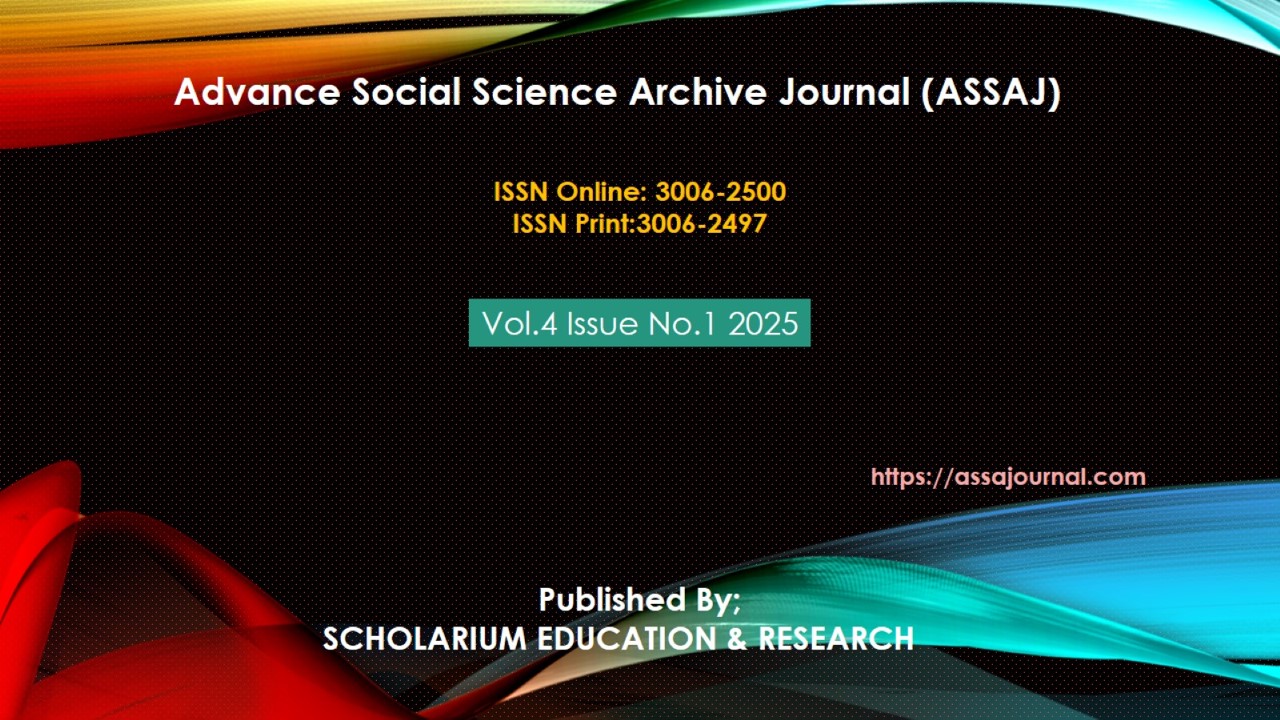Strategic Stalemate: The Taiwan Strait through the Lens of the Prisoner’s Dilemma
https://doi.org/10.5281/zenodo.17072949
Abstract
The Taiwan Strait is a flashpoint that reflects a deep-rooted power struggle between China, the US and Taiwan. This research delves into an understanding of the tensions between the stakeholders through the lens of the Prisoner’s Dilemma, providing a conceptual analysis of the strategic decisions made by each actor. Employing a qualitative approach to the theoretical conceptions, the study unravels how historical grievances, mutual distrust and national interests trap the states into a recurring pattern of defection over cooperation. By analyzing the three overlapping dyads (US-China, China-Taiwan, and US-Taiwan), the study illustrates how military posturing, economic interdependence and diplomatic ambiguity shape the behavior of these states. The findings suggest that while cooperation benefits all, defection is often the preferred course of action because of mutual security dilemmas. Drawing on Robert Axelrod’s theory, the study concludes that the repeated interactions between players, economic entanglements and increased reciprocity could lead the players out of the strategic trap, only if states act rational enough to prioritize long-term interests over short-term gains.
Key Words: Taiwan, Indo-Pacific, Prisoners’ Dilemma, TSMC, China, US. Contextualizing the Taiwan Strait Crisis





